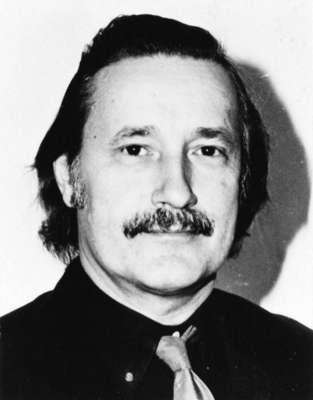Phycist Christopher Strachey programmed a computer (Mark 1 of Ferranti electrical installation company) at the university of Manchester (England) to produce literary texts, and wrote with it the first literary programme in the history of technology – it wrote love letters. In 1954 Strachey published the draft of the programmes and two of his creations in the english cultural magazine Encounter .
A simulation of Strachey’s “Loveletters” program from 1952 in its original form, developed by artists/theorist Link, David can be viewed here > Variantology 2: On Deep Time Relations of Arts, Sciences and Technologies.



